Download A Complete List of Panasonic AEC-Q200 Compliant Component Series
Automotive Solutions
AEC-Q200 Compliant Components for Automotive and Transportation Solutions
Eco-friendly, reliable, comfortable, and safe — key goals when designing next-generation automotive, other vehicles, and transportation equipment sub-systems. Panasonic provides industry-leading electronic solutions required to meet the extremely high quality and reliability standards required by Tier 1, 2, and 3 suppliers designing in the automotive, other vehicles, and transportation space. With over 150,000 part numbers to consider, Panasonic is currently supplying electronic components and devices into electrification, chassis & safety, interior, and HMI systems worldwide. An intense commitment to providing relevant and strategic contributions to customers' cutting-edge automotive/transportation equipment development is assured with Panasonic.
Automotive Applications
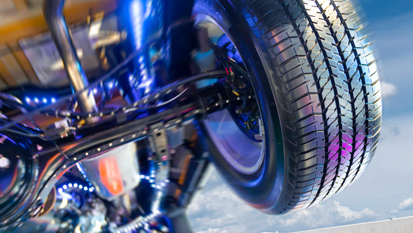
Active & Passive Safety
Panasonic provides many product series currently designed into vehicle active and passive safety systems for accident prevention from braking systems to airbag/restraint and every system in between.
Related Products

Advanced Driver Assistance Systems
Panasonic electronic components allow for the development of state-of-the-art advanced driver assistance systems (ADAS) using cameras and radar, including eCall technology systems and devices.
Related Products
- Chip Resistors
- Thermal Management Products
- Signal Relays
- ESD Suppressors
- Aluminum Electrolytic Capacitors (SMT)

Battery Management
Panasonic is the best partner for battery management solutions in any vehicle or transportation equipment sub-system as a leading supplier of Lithium Ion Battery technology for Hybrid Electric and Electric vehicles. Panasonic's Nickel Metal Hydride (NiMH) and High Temperature Coin Batteries are reliable and long-lasting solutions for your Automotive needs.
Related Products

Body & Security
Panasonic provides a wide range of component solutions for vehicle body and security sub-systems. Technology like the two-sensor anti-theft system with siren for wide detection area and increased malfunction-resistance. Or Panasonic’s ultra-compact Twin Automotive Relays for motor reversing applications and energy management.
Related Products

Infotainment & Connectivity
Panasonic components and devices keep the vehicle connected, fun and safe. Expertise in everything from radio and multimedia, navigation, electric toll collection, e-call and telematics systems make Panasonic the supplier to rely on for infotainment and connectivity.
Related Products

Instrumentation & HMI
Panasonic has pioneered vehicle instrumentation and HMI sub-systems development offering components that drive keyless entry, power windows, air conditioning, power seats, tire pressure monitoring systems, and more.
Related Products

Lighting
A wide range of Panasonic components are ideal for vehicle lighting sub-system applications including anti-surge high-power resistors, thermal management products, LEDs, LED drivers, and more.
Related Products
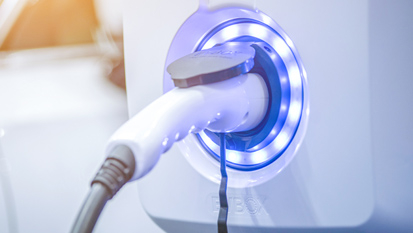
Power Electronics
Panasonic's product line offers excellent stability, small size, high power, high solder-joint reliability, and excellent heat dissipation which make them excellent for design into Hybrid Electric Vehicles, Electric Vehicles, Automatic and Continuously Variable Transmission systems, and other vehicle power applications.
Related Products
Panasonic AEC-Q200 Compliant Components
If your next device requires components that meet the Automotive Electronics Council (AEC) requirements for components suitable for harsh automotive environments, think Panasonic!
Passive Components such as Capacitors, Inductors, Resistors, specified as AEC-Q200 compliant are designed into automotive systems such as infotainment, engine control, airbags, lighting, and more. However, today’s design engineers are now specifying AEC-Q200 Components to meet the high-quality standards of devices beyond Tier 1 automotive applications.
The AEC-Q200 tests recognize that demands placed on passive components in an automotive environment relate to very high resistance to temperature and vibration and to protect against short-circuiting. Recognition is given to the fact that temperature conditions in automobiles can vary greatly, with the most demanding locations being in the engine, transmission, and brake systems. Engine and transmission temperatures are typically less than 200°C, but some of the wheel-mounted components can reach 250°C. Consequently, the appropriate component needs to be selected not just for the application in question—automotive-- but for a specific function and location, too. AEC recommends that car parts be classified for the engine area and the passenger area based on the intended location of use, and because the intrinsic heat requirements of these parts are different, different test temperatures are recommended. This same logic applies when designing vehicles of all kinds and when designing devices that need to withstand a similar temperature and vibration environments.
Large and rapid temperature changes can occur when components are mounted on a PCB and this can induce stress as a result of different material CTE (Coefficient of Thermal Expansion) rates. The material difference (PCB, ceramic, solder) expansion rates can induce cracks within components that cause them to electrically fail.
For all of these reasons, there are five temperature range grades defined in AEC-Q200. Current AEC-Q200 Standard documents developed by the AEC Component Technical Committee are available on the AEC website. The AEC is an organization based in the U.S. that sets qualification standards for the supply of components in the automotive electronics industry.
Even electronic components that are as simple as resistors must satisfy the severe demands of automotive applications, including long-term stability, pulse resistance, and resistance to harmful gases. Suitable applications for AEC-Q200 qualified resistors include electronic controls, electric and hybrid electric vehicle battery management, and dc/dc converter applications.
Parts that pass the AEC tests are seen as qualified, high-quality components that can be used in critical environments; therefore, there is no need for conducting other component-level tests.
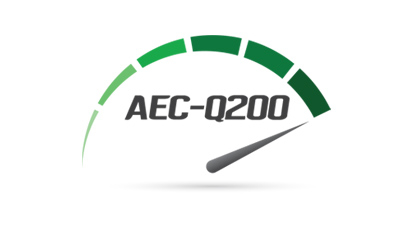
AUTOMOTIVE FEATURED COMPONENTS

PHOTOMOS®
Panasonic PhotoMOS® Relays are MOSFET-enabled Solid State Relays featuring low off-state leakage current and stable on-resistance over the component lifetime. With low CxR values and high optical isolation between input and output, MOSFET drivers are available in SSOP, SOP 4-pin, and DIP 6-pin.
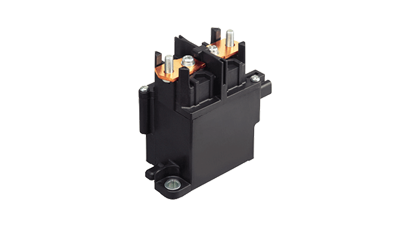
EV Relays (DC Contactors)
Panasonic EV Series DC Contactors combine compact design with cutoff at high DC voltages. Eco-friendly design in choice for mobility applications! An eco-friendly design in choice for mobility applications, EV Series DC Contactors are available in 10A to 300A Types. Custom Type DC Contactors are also available from Panasonic.
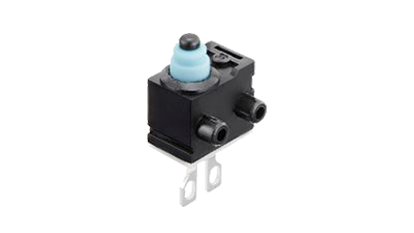
ASQMR1 Seal Type Snap Action Switch
Panasonic ASQMR1 Series Seal Type Snap Action Switches feature silent operation and a long stroke with sliding contacts. Available in three terminal types: Solder Terminal, Fork Terminal, and Wire Leads Type.
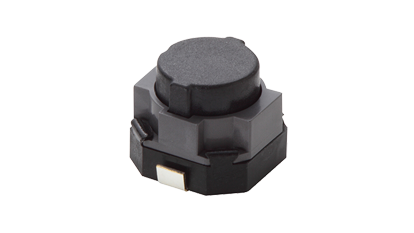
EVP-AS Light Touch / Tactile Switches
The long travel of the Panasonic EVP-AS Series prevents accidental activation. With steady and low contact resistance (100 mΩ max.), excellent solderability and improved flux intrusion ability, EVP-AS Series Light Touch Switches feature excellent tactile feel and superior mechanical reliability.
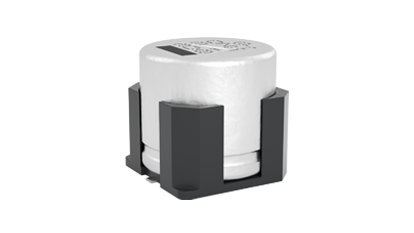
Hybrid Capacitors
Combing the benefits of Aluminum Electrolytic and Specialty Polymer Capacitors, Panasonic Hybrid Capacitors feature high endurance, low-ESR, high tolerance for ripple current, inrush currents and elevated temperature.
Known for their stable electric characteristics at high frequencies while maximizing reliability, Panasonic Hybrid Capacitors are compact, allowing significant board space savings.
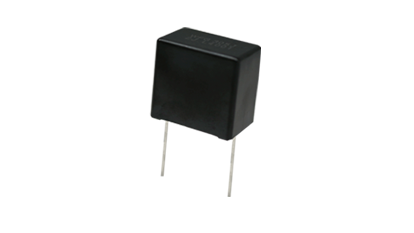
ECW-FG Film Capacitors
ECW-FG Series Metallized Polypropylene Film Capacitors are rated for 85/85 and tested up to 1000 hours! Used for automotive applications, the ECW-FG Series parts are highly recommended for DC/DC, AC/DC converter circuits in xEV, and high frequency, high current circuits.
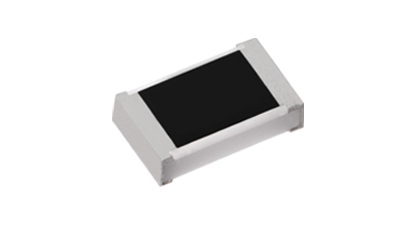
ERJ-H Chip Resistors
ERJ-H Series Automotive Grade Thick Film Chip Resistor offer a small size, higher power Resistor alternative that provides enhanced flexibility of PCB design by reducing solder-joint crack risk. AEC-Q200 compliant and highly reliable, the ERJ-H Series feature a maximum Category Temperature of 175°C and a maximum Rated Operating Temperature of 105°C.
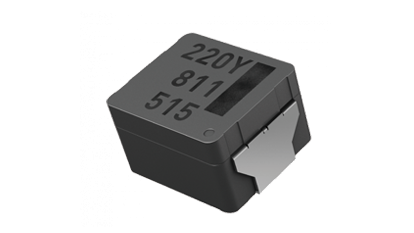
Surface Mount Power Choke Coils
Panasonic Surface Mount Power Choke Coils have very low audible noise and are extremely efficient with low DCR and eddy current loss reduction. Offering high heat resistance and excellent DC bias characteristic, Power Choke Coils have great reliability at high temperatures with a high tolerance for vibration.
Automotive Relays Available Through Panasonic Franchised Distributors
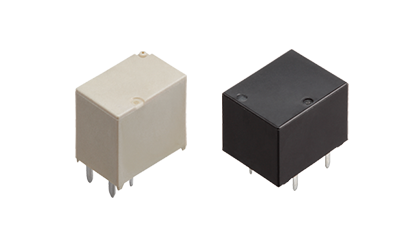
TB Series: ACTB2CR2A60 & ACTB3C2A52 Automotive Relays
Part numbers ACTB2CR2A60 and ACTB3C2A52 are the only Automotive Relay part numbers available for purchase in the TB Series through franchised distributors.
The ACTB2CR2A60 Automotive Relay is a PCB mount Relay with a 12 VDC coil which operates using a 12 VDC power supply system. This 1FormC high-quality general-purpose single Relay has more than 20 years of design in placement in the automobile market and is used in a wide range of applications in the automobile market around the world. It is Panasonic’s most popular in-vehicle Relay. The ACTB3C2A52 Automotive Relay is a high quality twin Relay with over 20 years of design in success in the global automobile market.
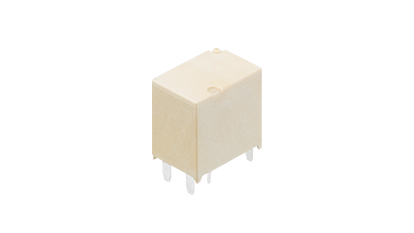
TB Series Power Type: ACTBPDR4V Automotive Relay
The ACTBPDR4V is the only part number available for purchase in the Panasonic Power Type TB Series Automotive Relays through franchised distributors.
The TB Series Power Type ACTBPDR4V part is a compact Automotive Relay with a 30A @ 14VDC switching capacity using a 1 Form A contact arrangement and mounted using PCB terminals. This Relay is designed for usage in a 12VDC power supply system. The ACTBPDR4V Relay is also pin-in paste compliant for automatic reflow soldering processes and uses a Ag alloy with Cu clad contacts which are capable of handling 70A inrush from capacitive loads.
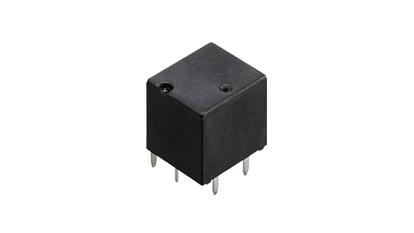
TE Series: ACTE3CH2A05V Automotive Relay
The ACTE3CH2A05V is the only part number available for purchase in the Panasonic Automotive Relays TE Series through franchised distributors.
The TE Series ACTE3CH2A05V part is a compact Automotive Relay with a 20A @ 14VDC switching capacity and 25A maximum carry current rating. This Twin Type Relay has a 1 Form C x 2 contact arrangement and is mounted using PCB terminals and is also capable of switching a 25A @ 14 V DC motor lock load. This Relay is designed for usage within a dedicated 12VDC power supply system and features a small footprint area. The ACTE3CH2A05V was developed for controlling both the forward and reverse directions of a motor.
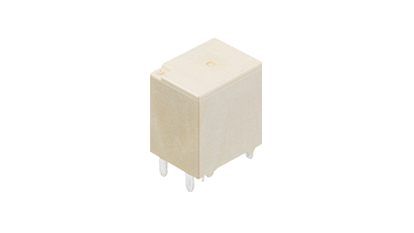
TL Series: ACTL3CR3V Automotive Relay
The ACTL3CR3V is the only part number available for purchase in the Panasonic Automotive Relays TL Series through franchised distributors.
The TL Series ACTL3CR3V Automotive Relay has a miniature design while still being capable of switching larger capacity loads. This Relay uses a double make 1 Form U (or 2 Form A) contact arrangement. The double-make structure allows for switching capabilities of 40A @ 14VDC (40A continuous energization with make-fixed contacts connected). The ACTL3CR3V part can be used to replace micro some ISO Terminal Type Relays and is designed for use within a dedicated 12VDC power supply system.
Thermal Management Solutions for Transportation Applications
Panasonic offers Industry-leading Thermal Management Solutions for Automotive, Vehicle, and other Transportation applications. For ideas on sub-system Thermal Management, watch this video, which features Panasonic's Pyrolytic Graphite Sheet (PGS). PGS is available in 10 μm, 17 μm, 40 μm, and 50 μm thickness options for expanded application coverage. PGS is ideal for applications where both electrical isolation and thermal management are required.
